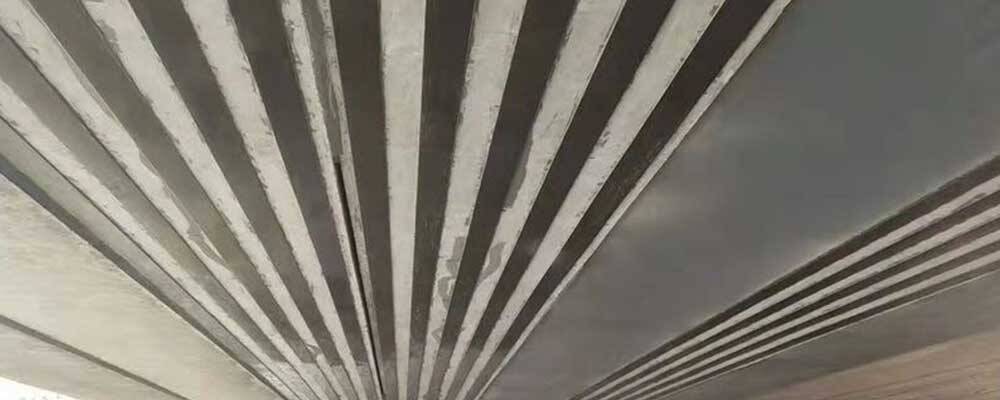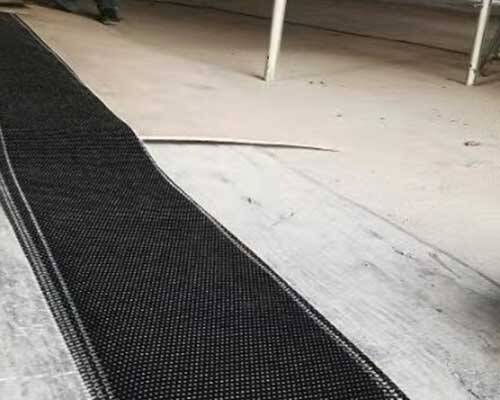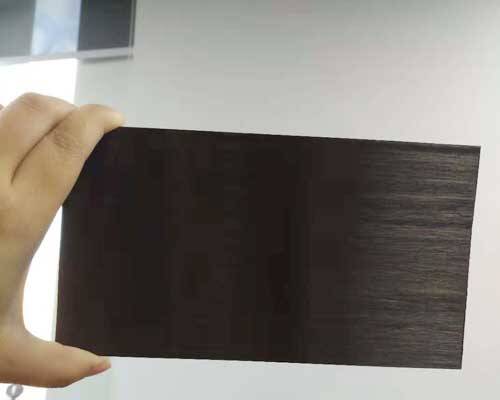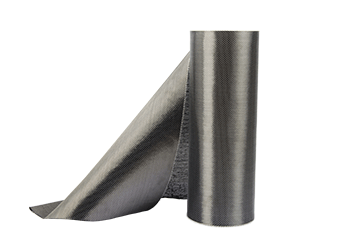Solutions
Horse Construction offers full range of structural strengthening materials with technical supports, documentation supports, products supports, project supports.
Comparing with carbon strip reinforcement, the principle of equal strength substitution should be followed, that is, ultimately the values of tension force calculated by the two processes are the same, and the values of tension force are actually the product of tensile strength and tensile strength. We take 1.2mm thick, 100mm wide carbon fiber strip and 300g, 100mm wide carbon fiber cloth as examples:

With the continuous development of the construction industry, China has entered the stage of paying equal attention to both new construction and reinforcement and maintenance, and the proportion of reinforcement and maintenance will become larger and larger, which is also the trend of the industry. In the reinforcement and maintenance, the most commonly used reinforcement technologies are bonded steel reinforcement, CFRP reinforcement, enlarged section reinforcement, enclosed section steel reinforcement, etc. Carbon fiber reinforcement has become a new favorite in the reinforcement industry because of its unique advantages.CFRP reinforcement is divided into carbon cloth reinforcement and carbon fiber plate reinforcement. How many layers of carbon cloth are equivalent to one layer of carbon fiber plate?
Comparing with carbon strip reinforcement, the principle of equal strength substitution should be followed, that is, ultimately the values of tension force calculated by the two processes are the same, and the values of tension force are actually the product of tensile strength and tensile strength. We take 1.2mm thick, 100mm wide carbon fiber strip and 300g, 100mm wide carbon fiber cloth as examples:


Firstly, we can calculate the tensile force of carbon plate = the design value of tensile strength of carbon plate * the section area of carbon plate. The design value of tensile strength of primary carbon plate for important components is 1150 MPa (Code for Reinforcement Design of Concrete Structures). The sectional area of carbon plate is 1.2*100=120 mm_and the tensile force of carbon plate is 1150*120=138KN.
Tensile force value of a layer of carbon cloth = design value of tensile strength of carbon cloth * cross-sectional area of carbon cloth. The design value of tensile strength of primary carbon cloth for important components is 1600 MPa (Code for Reinforcement Design of Concrete Structures). The sectional area of carbon cloth is 0.167*100=16.7 mm_and the tensile force of carbon cloth is 1600*16.7=26.72 KN. 138/26.72 = 5.2, the tension value of the first 1.2mm thick carbon plate is about 5.2 and 300 g carbon cloth. This is without considering the multi-layer reduction of carbon cloth, and pasting carbon cloth construction can not exceed four layers, so in the actual construction process, carbon cloth can not replace carbon plate.
It can be considered that the reinforcement effect of one layer of carbon sheet is similar to that of 5.2 layer of carbon sheet by simply substituting the tension force. In fact, in the actual reinforcement process, bearing capacity calculation is a complex process, far from such a simple substitution can be calculated.
You can find anything here you are in need of, have a trust trying on these products, you will find the big difference after that.

High strength, unidirectional carbon fiber wrap pre-saturated to form a carbon fiber reinforced polymer (CFRP) wrap used to strengthen structural concrete elements.

High strength carbon fiber reinforced polymer (CFRP) strip / laminate / plate for structural strengthening and concrete repair

High strength, unidirectional carbon fiber fabric pre-saturated to form a carbon fiber reinforced polymer (CFRP) fabric used to strengthen structural concrete elements.